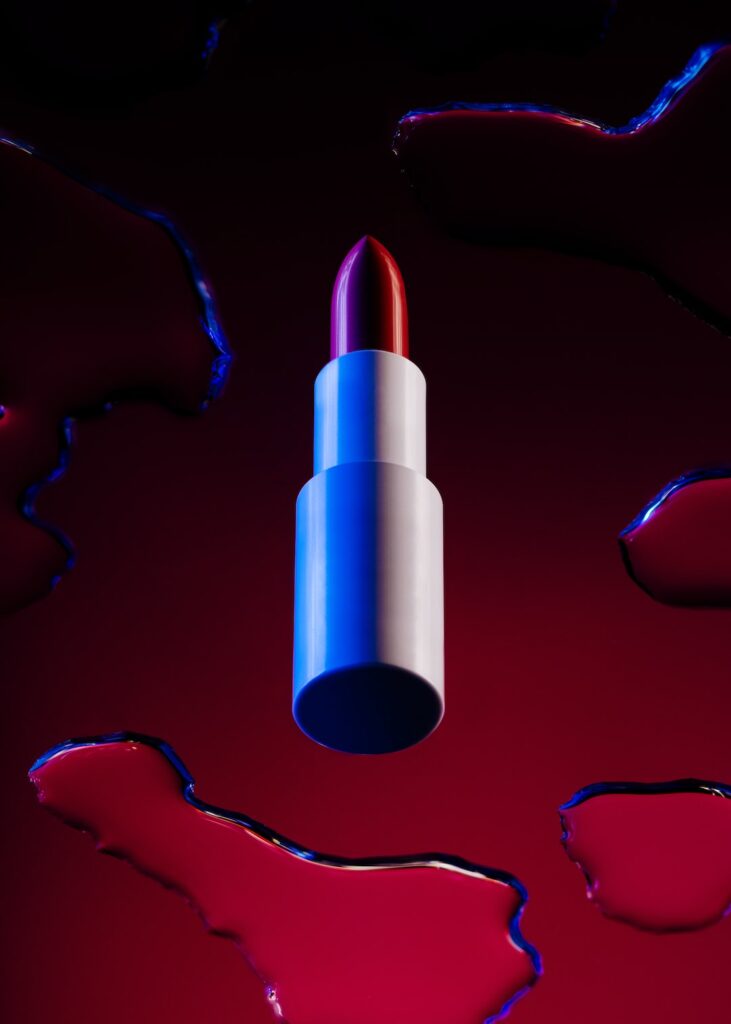How to Tell if Your Lipstick Has Gone Bad
Lipstick is a staple in many people’s makeup routines. It adds a pop of color, boosts confidence, and completes a look. However, like all makeup products, lipstick has a shelf life. Using expired lipstick can lead to skin irritation, breakouts, and other undesirable effects. In this blog post, we’ll explore how to tell if your lipstick has gone bad and what you can do to extend its lifespan.
Interest
Did you know that studies have shown that 30% of women keep their lipstick for more than 10 years, even though lipstick has an average shelf life of 1-2 years? Yes, that’s right! Many people unknowingly use expired lipstick, which can lead to potential health risks. You may think your favorite lipstick will last forever, but it’s important to know when it’s time to let go and replace it.
Signs Your Lipstick Has Gone Bad
Here are some key indicators that your lipstick has expired:
Unpleasant Odor
If your lipstick has a rancid or chemical smell, it’s a clear sign that it has gone bad. Lipstick should have a subtle, waxy scent. If you notice an off-putting odor, it’s time to toss it.
Change in Texture
Fresh lipstick has a smooth and creamy texture. However, if you notice a grainy or rough texture, it’s likely that the lipstick has dried out and is no longer safe to use.
Altered Color
Over time, lipstick can change in color. If you notice any discoloration or separation of pigments, it’s best to discard the lipstick.
Irritation or Allergic Reactions
If you experience any skin irritation, itching, or redness after applying lipstick, it may be a sign of bacterial contamination or the product being past its prime.
How to Extend the Lifespan of Your Lipstick
Now that you know how to identify expired lipstick, here are some tips to help extend the lifespan of your favorite shades:
Store Properly
To prolong the freshness of your lipstick, store it in a cool, dry place away from direct sunlight and moisture. Consider using a lipstick organizer to keep your collection in optimal condition.
Keep It Clean
Regularly wipe the top layer of your lipstick with a tissue dampened with isopropyl alcohol to remove any buildup of bacteria or oils from your lips. This simple step can help prevent contamination.
Avoid Sharing Lipstick
While it’s tempting to share your favorite lipstick with a friend, doing so can introduce bacteria from one person’s lips to the product, accelerating its expiration.
How to Apply in Daily Life
Incorporating these practices into your daily routine can help you maintain a collection of fresh and safe lipsticks.
1. Check Regularly: Take a few minutes every few months to inspect your lipstick collection for any signs of expiration.
2. Rotate Your Lipsticks: As you use your favorite shades, rotate them to prevent any single lipstick from going bad before you can finish it.
3. Educate Others: Share this information with friends and family to help them ensure the safety of their own lipstick collection.
Summary
Lipstick is a versatile and fun part of any makeup routine, but it’s essential to be mindful of its shelf life. By recognizing the signs of expired lipstick and implementing proper storage and maintenance practices, you can ensure that your lipsticks stay fresh and safe for use. Remember, when in doubt, it’s better to be safe than sorry – if your lipstick shows any signs of spoilage, it’s time to bid it farewell and find a new favorite shade.











